If my memory serves me correctly, my first aquarium was lit by a fluorescent lamp, most likely a fat T12 tube mounted on a shop fixture with no reflector, one that barely put out more useful lumens of light than an ordinary incandescent bulb. A few years later, I went high tech with my first serious planted tank that had a 4-tube T5 fluorescent fixture hanging above it, armed with Giesemann tubes, individual parabolic reflectors, electronic ballasts, and all that. After my romance with high-end freshwater aquariums ended, my first reef tank received similar light treatment- again, 24” Giesemann T5s, sophisticated reflectors, you get the gist…
That all ended when the first generation of 3W Cree brand emitters dropped in price, becoming affordable enough to build a light out of them. I jumped ship immediately, abandoning T5 lights altogether and becoming an early proponent of high power LEDs. I wrote articles praising their advantages and defending their obvious shortcomings and build numerous other DIY fixtures, using LEDs as my sole source of lighting in all my reefing endeavors. Why? Partly because I was fascinated with this new (for that time, circa 2009) technology, partly because it challenged me and my DIY electronics skills. Sometime in that process, my interest in T5s faded away as I focused all my attention on the new generations of diodes that were storming the market on a regular basis.
Even with the radical shift I and the industry in general experienced, I have never forgotten what T5 fluorescent lighting really meant to me- I knew that there is simply no other light source that can replicate the uniform quality of light that a combination of electrically excited mercury gas vapor and a phosphor coating on the tube’s inner walls produces. Plus, being a long time user of aquarium LED lights myself, the argument that LEDs save money in the long run became murkier than I initially believed it to be. Sure, LEDs do save money the longer you use them (lower electricity costs, no need to change expensive tubes), but they also evolve constantly and who doesn’t crave the latest and greatest? And so we upgrade- every couple of years we get a new, shiny LED light with the latest emitters and the most sophisticated lenses, dissolving the initial argument for LED lights’ long time affordability. It is all relative to one’s desire to own new cool stuff, true, but aren’t we all guilty of that here and there? Growing corals is no easy task and in our minds, better light fixtures surely help achieve the ultimate goal of a crowded reef tank.
I am putting forward this notion not because I want to convince you to switch back to T5s, but you know that. I am not going back either, LEDs are the future of aquarium lighting and with constant improvements in the light output and spectral coverage companies like Ecotech, Aquaillumination, Kessil, and others bring to the market with each new model, we are getting so much closer to replicating all the good aspects of the previous technologies, to which T5s undoubtedly belong, with LEDs. Not quite yet though.
There’s a special quality in the light produced by a good T5 fluorescent tube, something that can’t easily be described by numbers. It’s tied to the aesthetics of this source of light, a kind of blissful evenness only a glowing fluorescent coating can give you. Don’t you feel that nostalgia when you see a reef aquarium lit exclusively with T5 fixtures? I don’t know, maybe it’s the photographer in me that is really spoiled with what the eye sees. Of course, I am not insisting T5s can’t compete with today’s LEDs in terms of use for coral growth light output. They absolutely can and do. However, it’s also true that even with today’s technology, LEDs offer more control and raw power than any other light source.
The “T5 nostalgia” stood with me all those years after I switched to LEDs as my sole reef lighting solution. Having a T5 fixture that could work with my Ecotech Radions and also look good on its own was virtually impossible without going the DIY route, at least not until I stumbled upon the topic of today’s review while attending the 2017 MACNA conference in San Diego. Aquaticlife Hybrid T5 light is its name and it promises the best of both worlds without compromising either.
THE HYBRID CONCEPT
Aquaticlife Hybrid T5 light can be briefly described as a standalone T5 fixture, modified in order to double as a scaffolding for other (principally LED) fixtures. There is nothing complicated about this product and I assume that was the intention of the Aquaticlife team that came up with this design. This idea of having a T5 fixture essentially broken into two independent segments, for the sake of LED fixtures being mounted in between these sections, has been exercised numerous times in countless DIY projects. The process always involves some homemade enclosure, a T5 retrofit kit, and a bucketful of creativity on the part of the aquarist. Pre-assembled kits are essentially non-existent and the very few hybrid T5 & LED lights that got mass-produced rely on proprietary LED chips with zero room for modifications. They also tend to cost an arm and leg.
This is where Aquaticlife steps onto the scene with their offering. A simple solution to an uncomplicated problem- they provide a fully functional, 4-bulb T5 light, complete with a set of brackets and plates designed to work with a number of brand name LED fixtures; you use your own LED lights and do the assembly. In theory, it’s a win-win situation, because Aquaticlife can offer this product at a reduced price while you, the potential buyer, can utilize the LED panels you already own. My job here is to give you an honest opinion on how well this idea has been executed, so let’s start with addressing the concept behind this Hybrid light.
ON PAPER
Aquaticlife Hybrid T5 is sold in 4 lengths- 24”, 36”, 48”, and 61” (61cm, 91cm, 122cm, and 155cm, respectively) and two colors- black or white. The light consists of two 2-tube units with separate power cords, a set of end brackets, and a few universal mounts designed for different lights- currently Ecotech radion series, Kessil 360, Kessil AP700, Aquaillumination Hydra&Prime, and HME Brightek Cetus 2. A hanging kit is also included in the package. Optional components, such as wider (24”) end brackets, additional light mounts, and a stand mounted fixture arm, can be purchased separately.
T5
The main component of T5 Hybrid is, naturally, the duo T5 fixtures. Each unit is independently powered (although no power switch or any sort of control panel is present), and a 6 foot (183cm) long cord is now standard (following user feedback that requested that change from the original model). One T5 module powers two tubes of equivalent wattage.
Driving these T5 units are two (one for each module) non-dimmable HEP brand electronic ballasts, equipped with silicone socket lamp endcaps and polished aluminum reflectors. Bulbs snap in place securely by double-end clips. There is no splash guard and therefore T5 bulbs are exposed to the elements.
BUILD & ASSEMBLY
A 48” version of the light was shipped to me in a long, inconspicuous looking cardboard box. Everything is packaged unassembled, although there’s a picture-guide booklet that takes you through the assembly process step-by-step. I recommend ditching that booklet because Aquaticlife has a great video tutorial that explains each step of the process on their YouTube channel.
In a real-life scenario, putting together the T5 Hybrid is as straightforward as it can be and it should take an average user less than half an hour. All parts that come in Aquaticlife’s fixture have the same powder-coated finish and are machined of a rather thick, lightweight aluminum alloy. Nothing to complain about in that department.
The assembly process can be boiled down to 4 simple steps:
- Connect the two individual T5 modules with matching end plates using the supplied machine screws
- Attach fixture brackets to the LED panels
- Affix the above combo to the T5 modules, again with supplied screws
- Attach the hanging kit to the light, hang the whole thing above the fish tank, and congratulate yourself on a job done well
In my example, I used 3 Ecotech radion G4s mounted lengthwise in the space between T5s. The bracket Aquaticlife designed for Ecotech/Ai lights will work with virtually all models, but you could also retrofit it to other types of fixtures, as it has rows of notches that could accommodate a wide range of scenarios. The Kessil 360/HME Brightek Cetus 2 bracket, not used in my case, is even simpler in its build, as you only need to drop the LED pendant in the cutout and the 4 tabs on the bottom will hold it in place.
What’s left of the installation is to slide the hanging kit pins into the slots machined onto each T5 module’s body, route the cables onto the decorative endcaps (if used), and hang the fixture above the tank. The finished product measures 49” x 18” x 1-½”(122cm x 46cm x 4 cm, with decorative endcaps).
T5 + LED
“Is there any additional benefit of using fluorescent lighting in addition to a fixture like the 4th gen radion?” is a question I get every time someone sees a picture of my setup. It would be a lie if I said that you cannot effectively grow corals using only radion fixtures, because of course you can. I managed to do just that for almost two years. What T5s really bring to the table is the omnidirectional uniformity of light (sounds pretentious when you say it, doesn’t it?). You can slap a diamond-shaped lens on an LED emitter in the cluster, cover the whole thing with a diffuser, and hang the fixture high above the tank and the light will still stay as directional as it ought to be. You can’t completely eliminate shadows, no matter how many panels you purchase, one area of your tank will always look brighter than the other, that’s just the nature of this light source. That’s also why they are so efficient- a large portion of the photon energy is directed downwards, towards your corals. Fluorescent light, on the other hand, with its omnidirectional light distribution that has to be curbed by a parabolic reflector to be effective, excels in “smoothing” out the spectrum curve and the brightness we perceive with our eyes. The end effect is a uniform light pattern throughout the tank’s width and depth. The “disco effect” some LEDs suffer from gets blended into the T5’s visible spectrum, while shimmering becomes virtually non-existent.
Speaking of, here’s an anecdote I’d like to jam in here while we’re at it. I have to confess, I used to think the shimmer was quite cool. It reminded me of diving in the ocean and looking up to see the water surface play with light from the Sun, a little nod to the places corals in my tank really belong. Then I got the Ecotech diffusers for review and since I installed them, every time I take them off for cleaning and my T5s happen to be outside their photoperiod, I absolutely hate the shimmer. Hate it. My head hurts from this visual… Anyway, where was I? Oh yeah, what I wanted to say is that I really enjoy the look of the T5+ LED light and I truly believe this cannot be achieved with LEDs alone. This is only a matter of taste, I know, but for me the visual quality of light produced by the marriage of these two technologies makes corals and fish pigments render beautifully. I call that look a “subtle punch” where subtle is the T5 and punch is the high energy LED emitter.
PAR TEST
To confirm my theory of the uniformness of light produced by T5+ LED fixture using hard data, I made two separate PAR measurements using an Apogee MQ-510 PAR meter, one with LEDs only and one with both T5 and LEDs on. My personal bulb choice was 4 x 54W ATI brand tubes- two Blue Plus and one each of Purple Plus and Coral Plus. The Radions are set to SPS AB+ program at 55% intensity. Please note that the actual PAR numbers are irrelevant in this test, what I am trying to determine is how the addition of T5 lighting affects light intensity and distribution in various areas of my aquarium.
I have to say, PAR test results ended up being a bit of a surprise to me. I guess I shouldn’t be surprised, yet once again I was impressed by the light intensity and spread Ecotech Radions, equipped with their proprietary diffusers, are capable of emitting. The T5s are known for their uniform light distribution, but to see LEDs being almost head to head with them in that department is quite impressive. Anyway, as you see in the above data, T5s combined with Radions provide a hefty amount of light, uniformly spread in all three dimensions. Visually, it’s absolutely gorgeous.
CONCLUSION
What can I say- Aquaticlife T5 Hybrid light is an answer to my prayers. The exact thing I needed for my tank. Not too expensive ($320 for 48” model at the time of writing this) and not too conspicuous in its build, this combo fixture adds greatly to the visual aspect of my aquarium. I’m not talking only about the light it produces, but also how well it blends the LEDs into the overall “feel” of the aquarium as a centerpiece of the room it stands in. Just look at the comparison below of my tank before and after I installed the light.
I was able to simplify the aesthetics by removing the Radions from their mounting arms and rerouting all fixtures’ wires into the two ends of the Hybrid. I really like how it all looks now and that’s why I admire Aquaticlife’s effort so much. There is no question that in today’s day and age, adding a T5 light to an existing LED setup is not mandatory, yet the light output and uniformity is oh-so-much better with it! I have to admit, I was sold on this fixture from the moment I first saw it at MACNA in San Diego and now I can confirm that it does not disappoint. I think the idea of taking the DIY approach off aquarists’ hands and applying it to a factory line environment of a commercial light fixture was executed almost flawlessly by Aquaticlife engineers. The few small changes and tweaks I would like to see in the future releases of this light are:
- the addition of a guide channel to the underside of the T5 modules; I don’t necessarily care about having a splash guard to my light as it cuts down on the light output, but it’s not easy to wipe off salt creep from those T5 tubes and I can see how a lot of users may welcome that addition
- there has to be a better way to get to the ballast for service, as the way they are mounted now is not really user-friendly
- Aquaticlife should offer this light with a dimmable ballasts as an option in my opinion.
Other than that, good job Aquaticlife, this is a winner! A not-for-everyone thing, but nevertheless one that has been executed delightfully.
Check out the line of Aquaticlife Hybrid fixtures by visiting: https://aquaticlife.com/
And as always, thank you for your continuous support. Cheers!

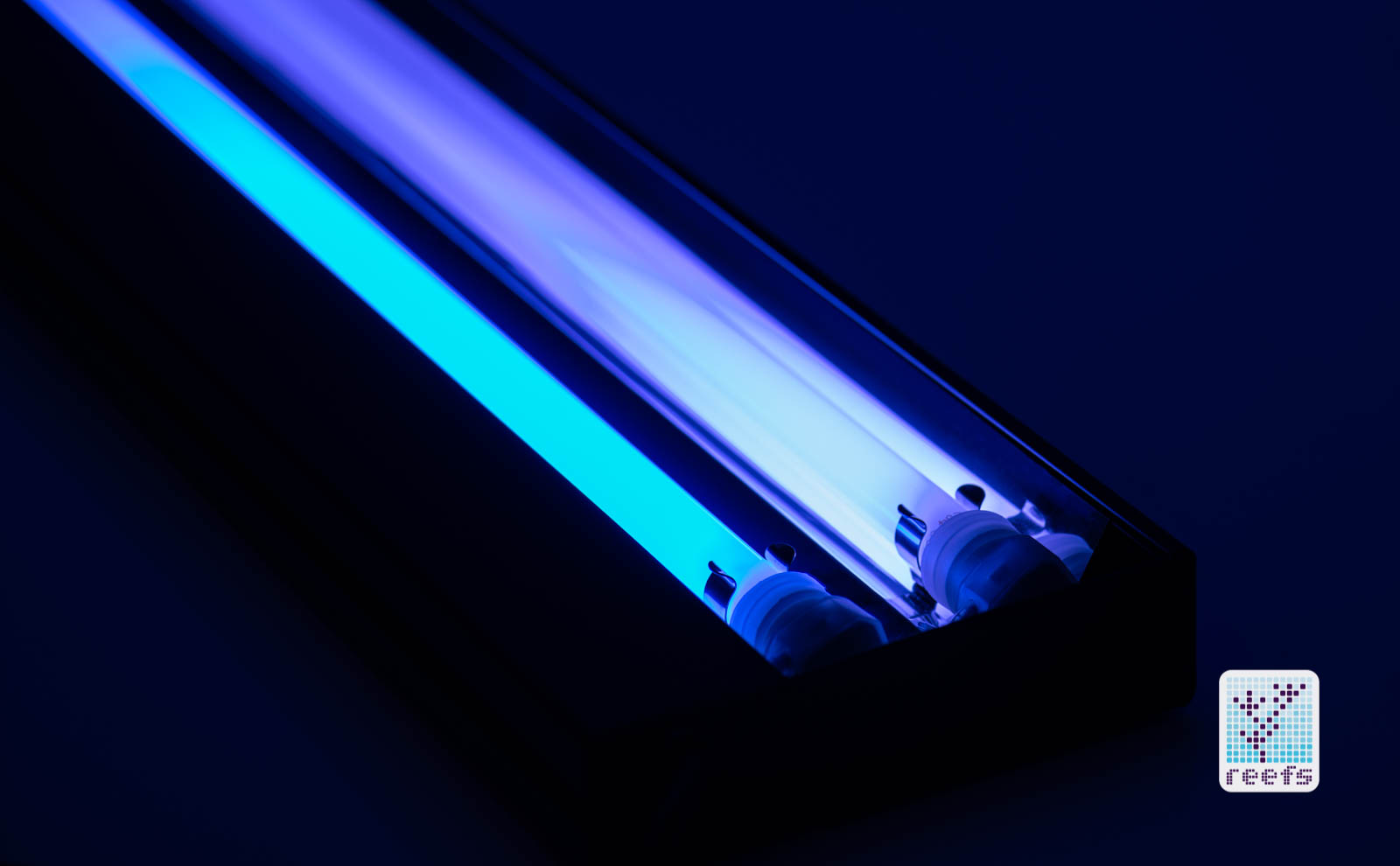
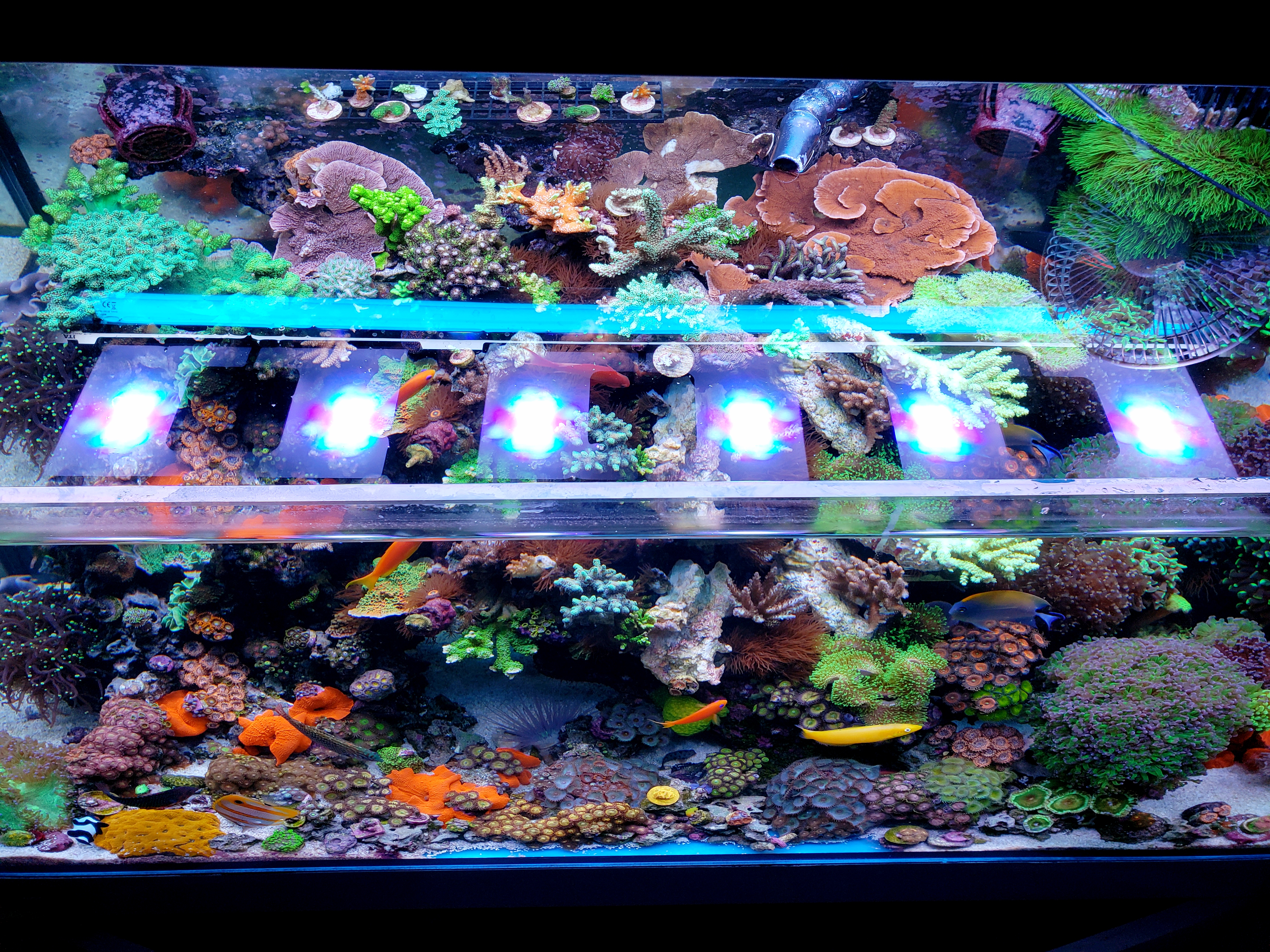
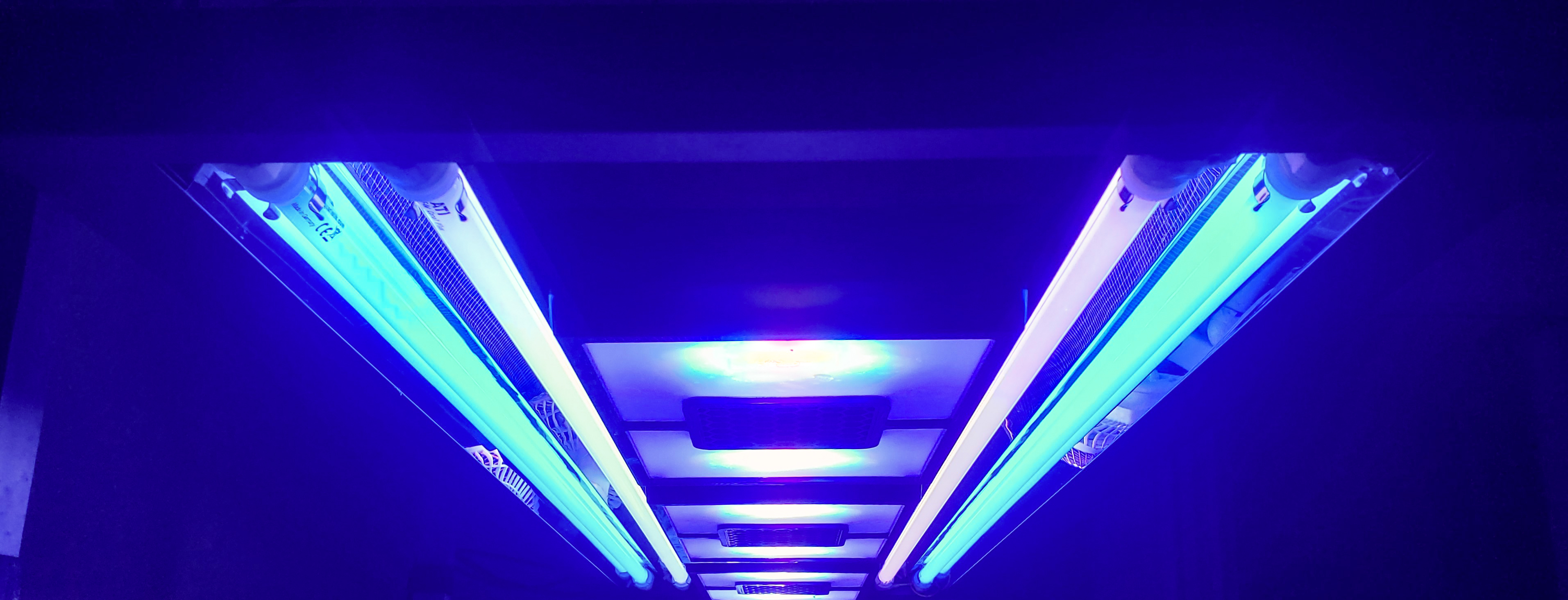
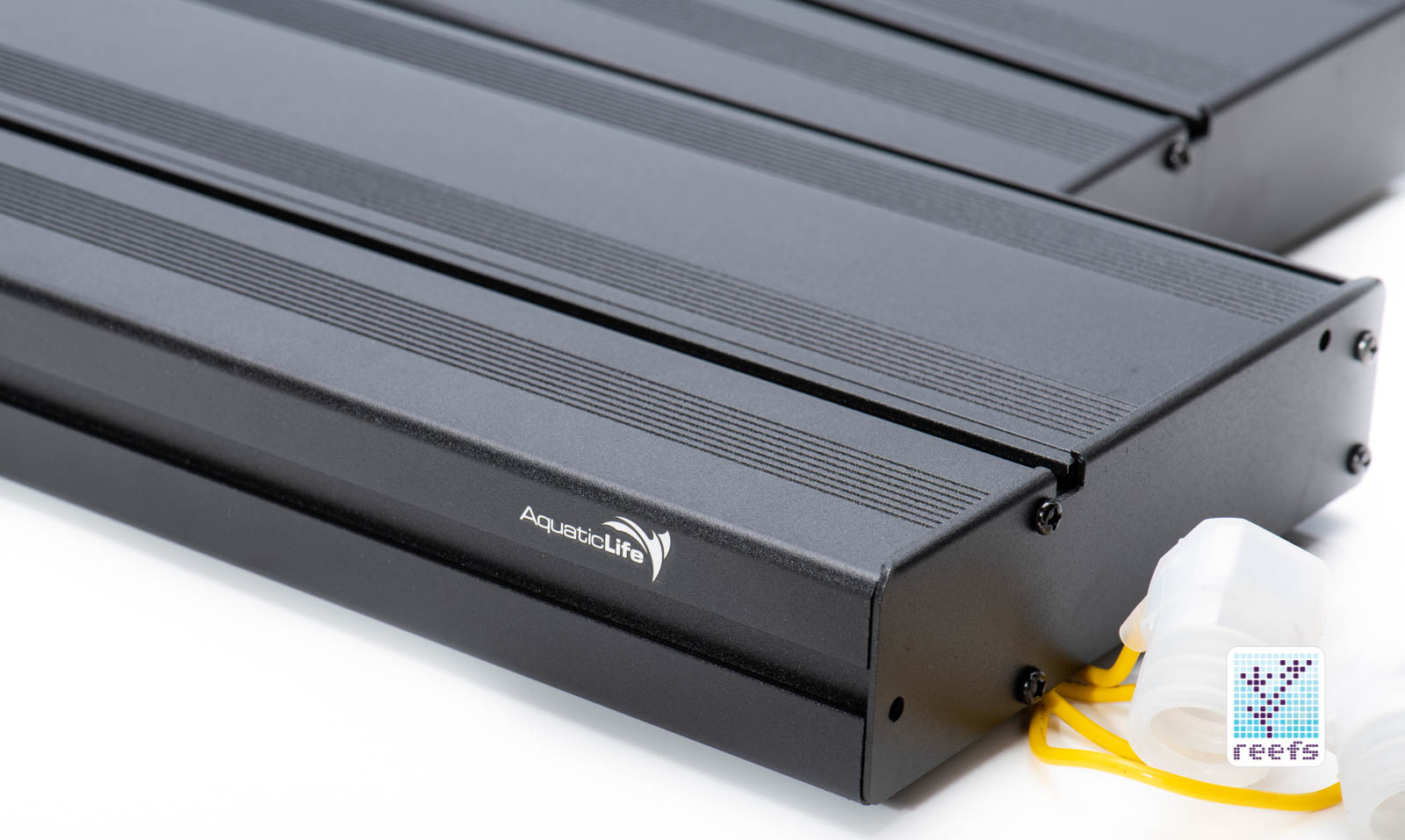

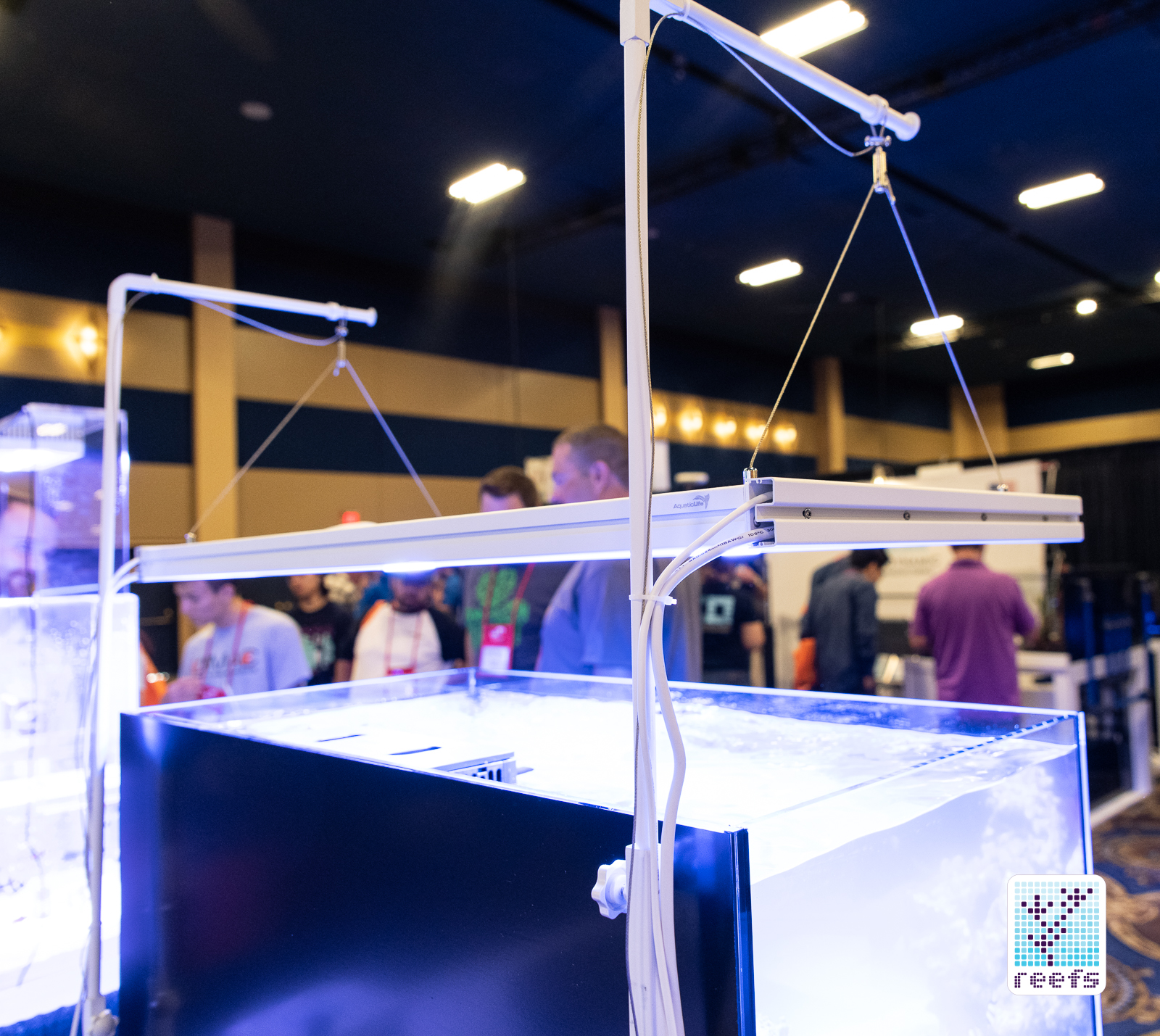
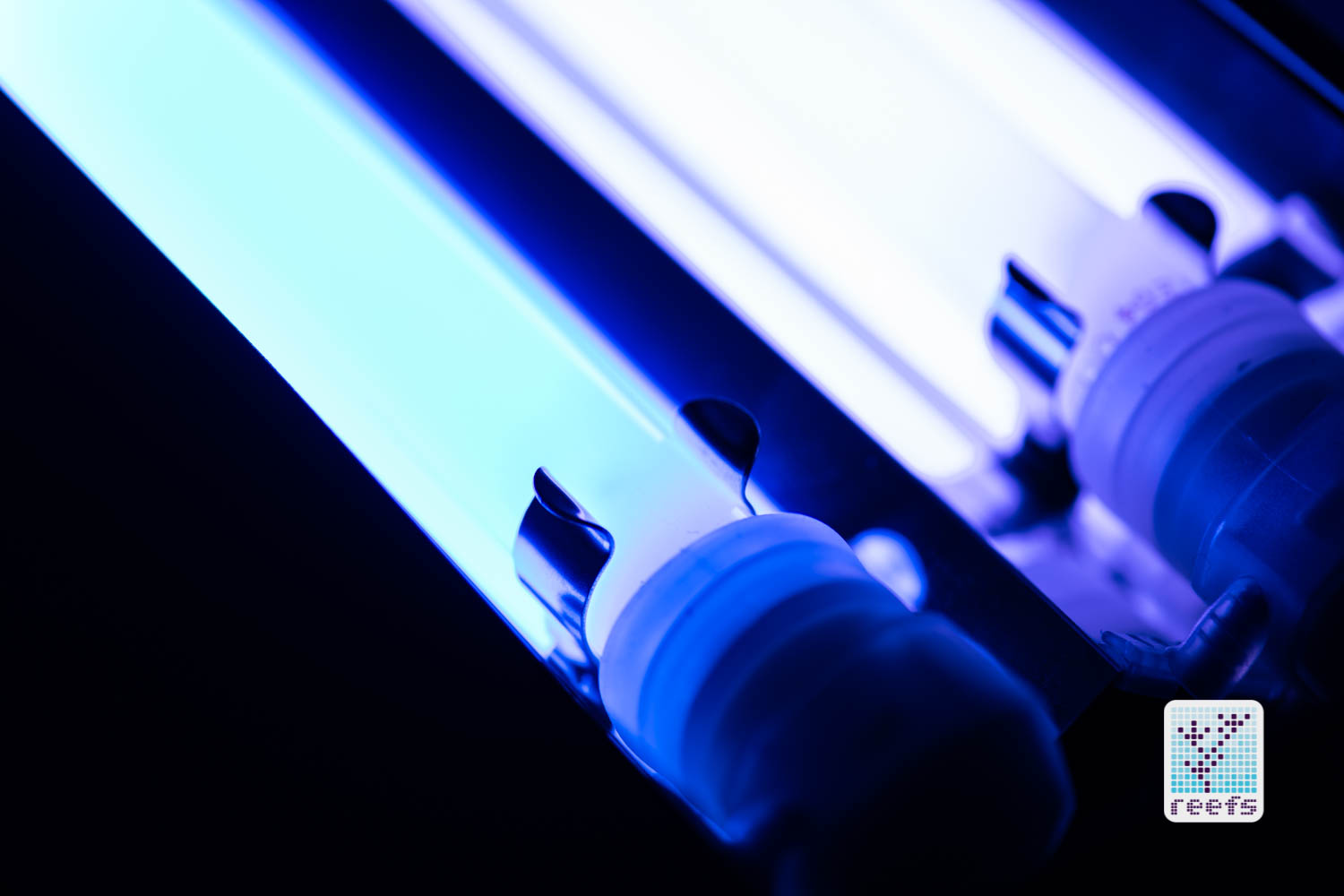


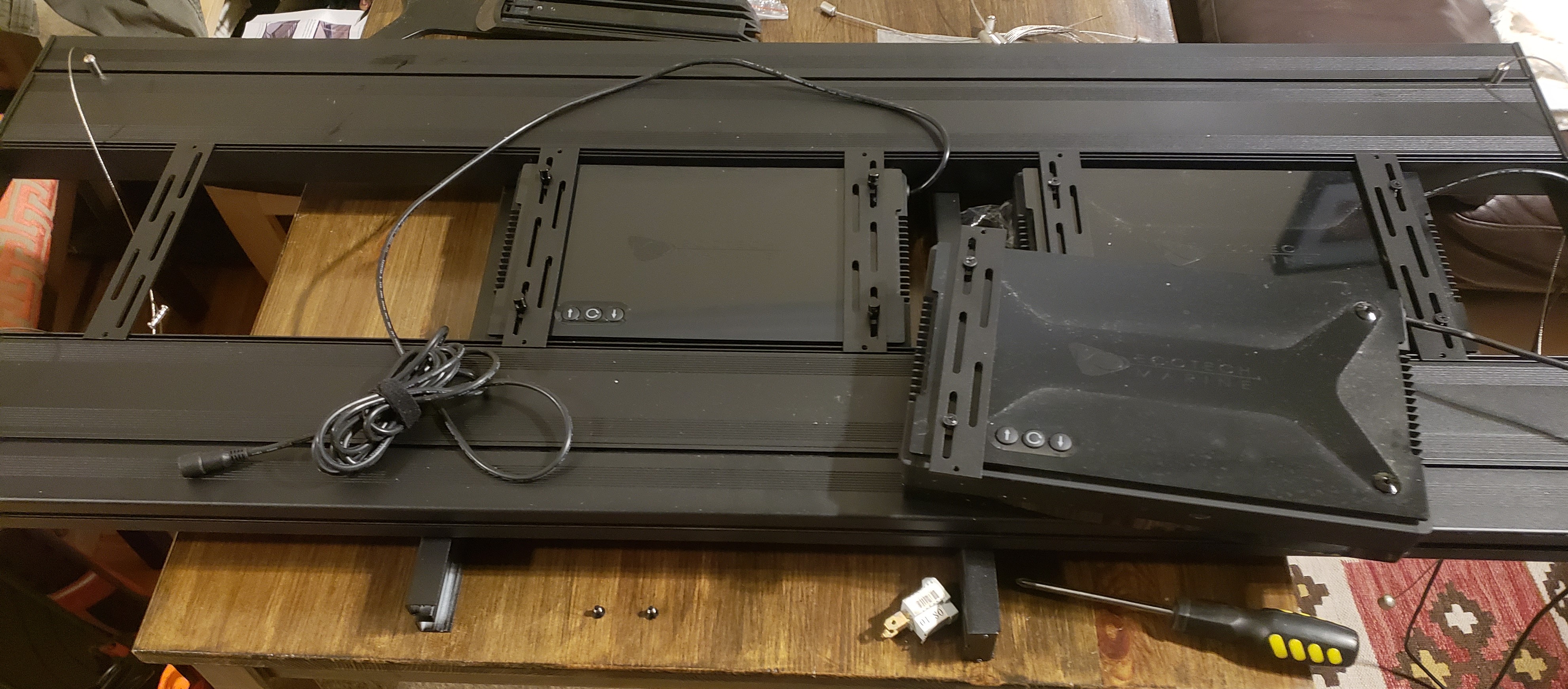
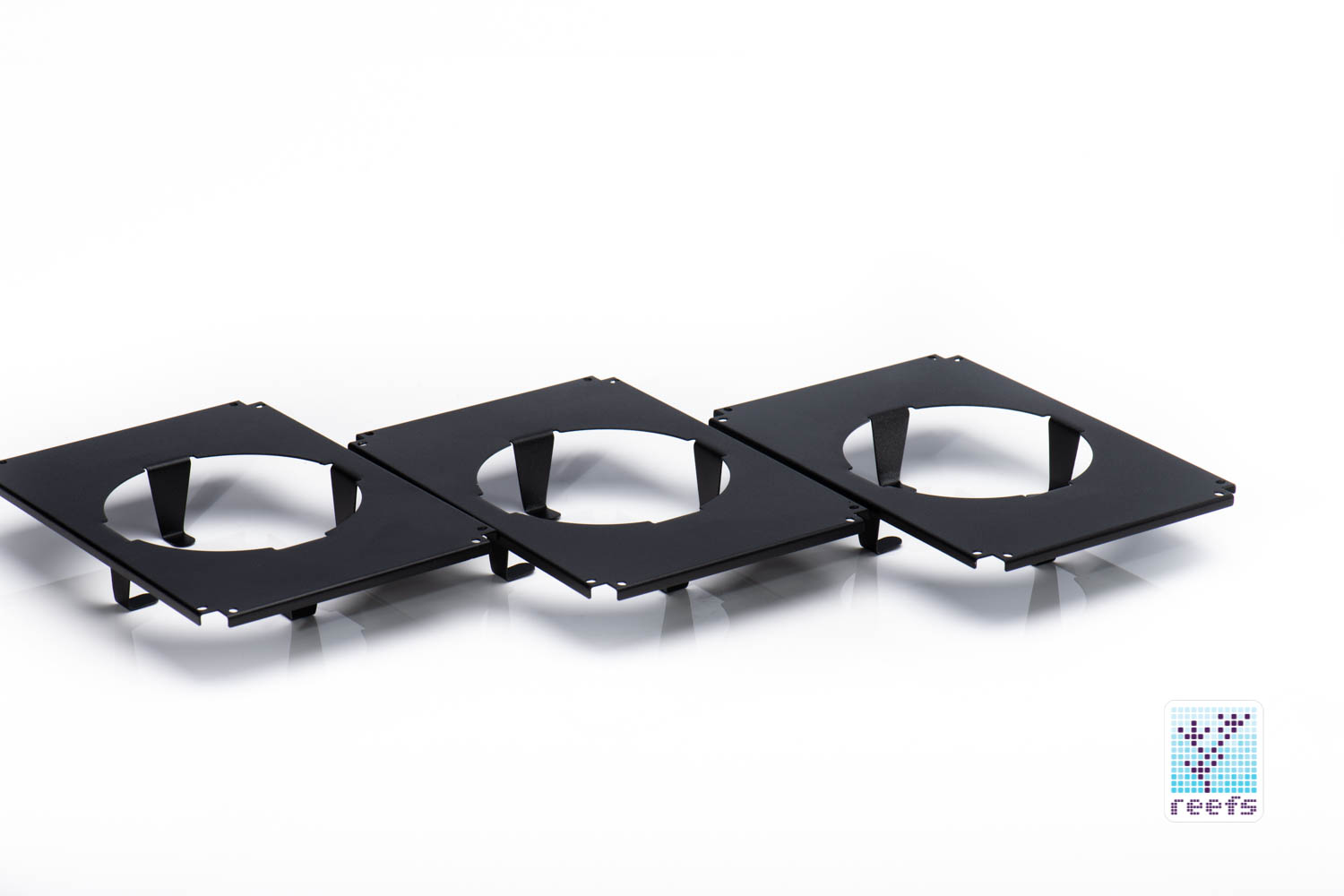

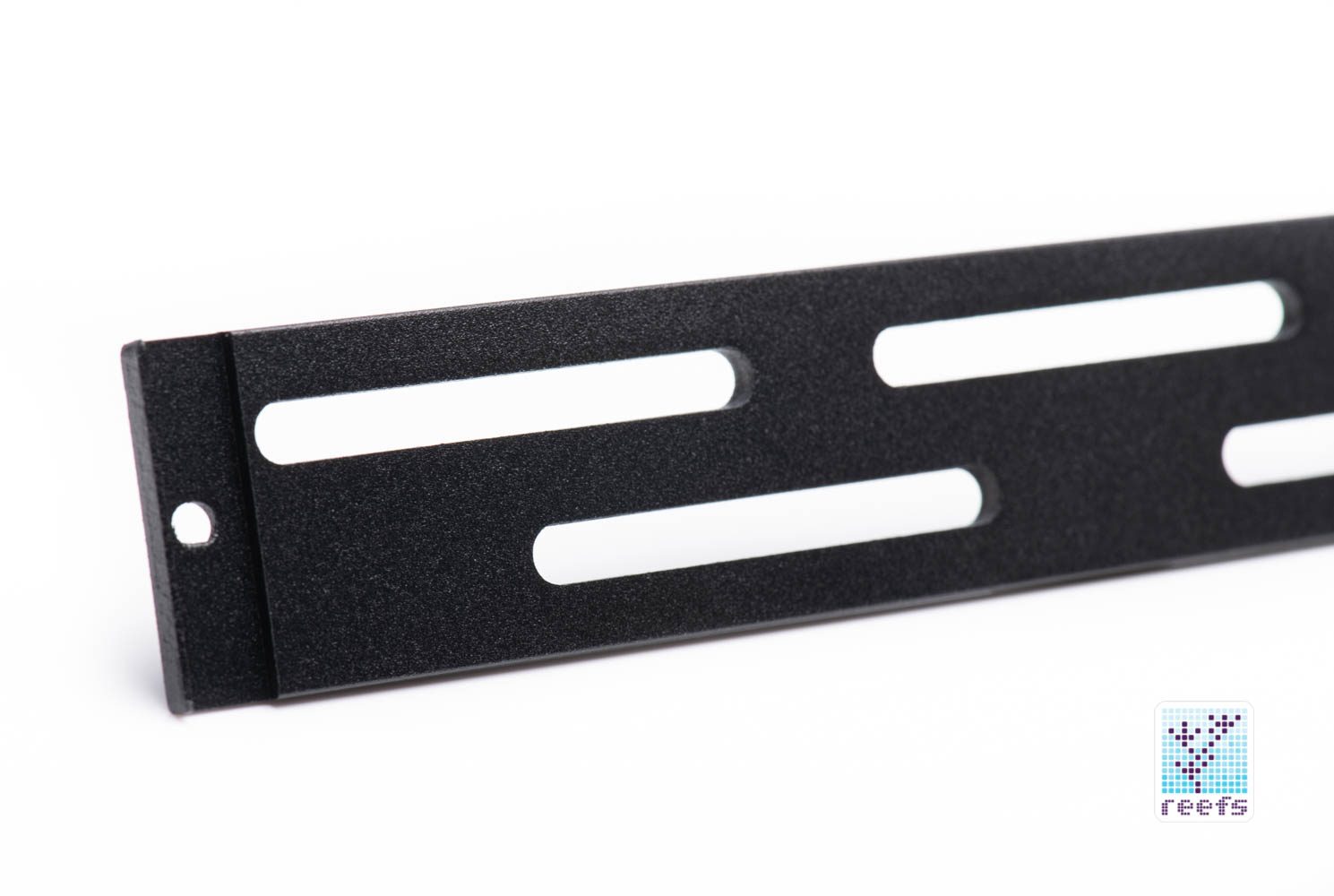
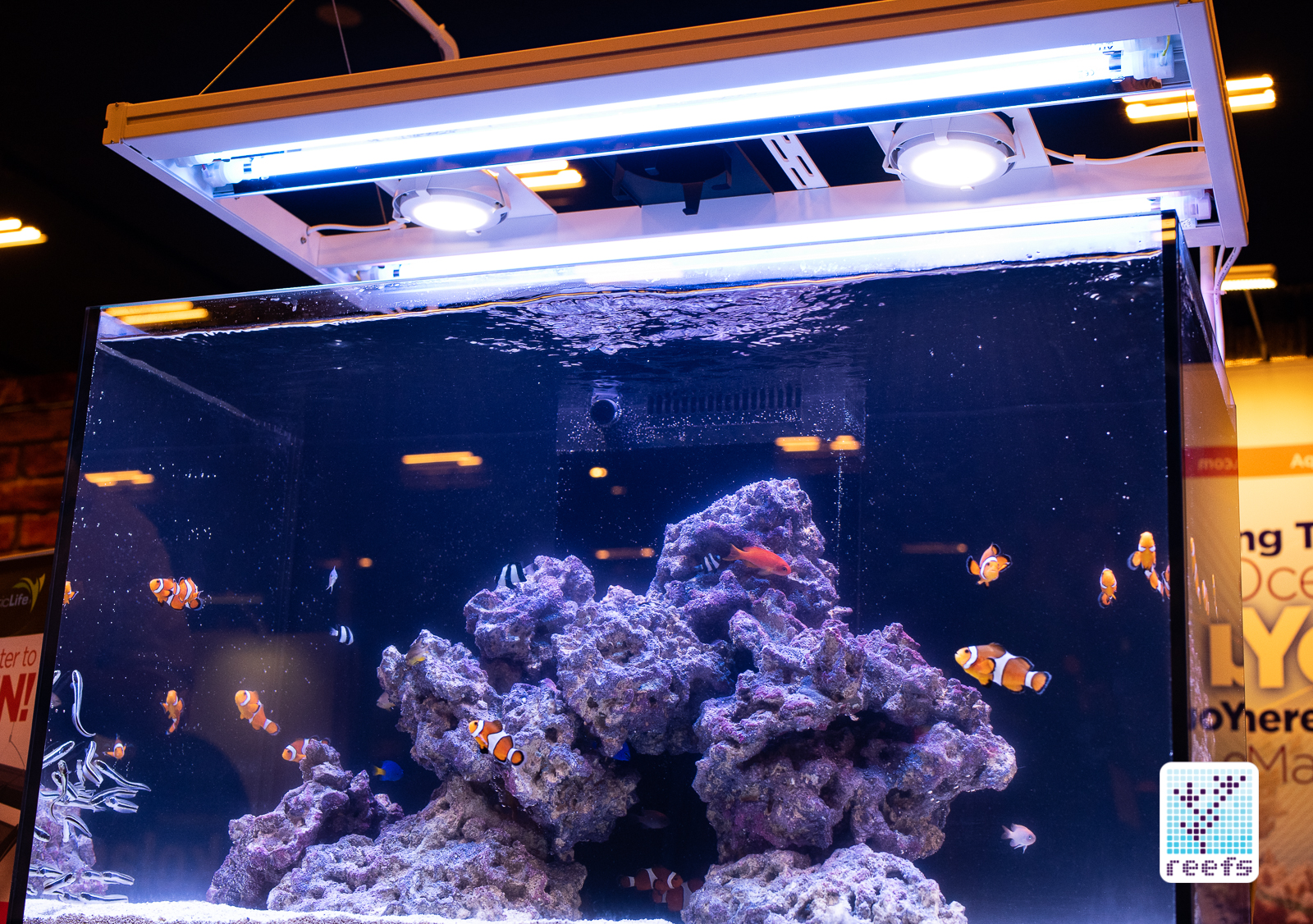
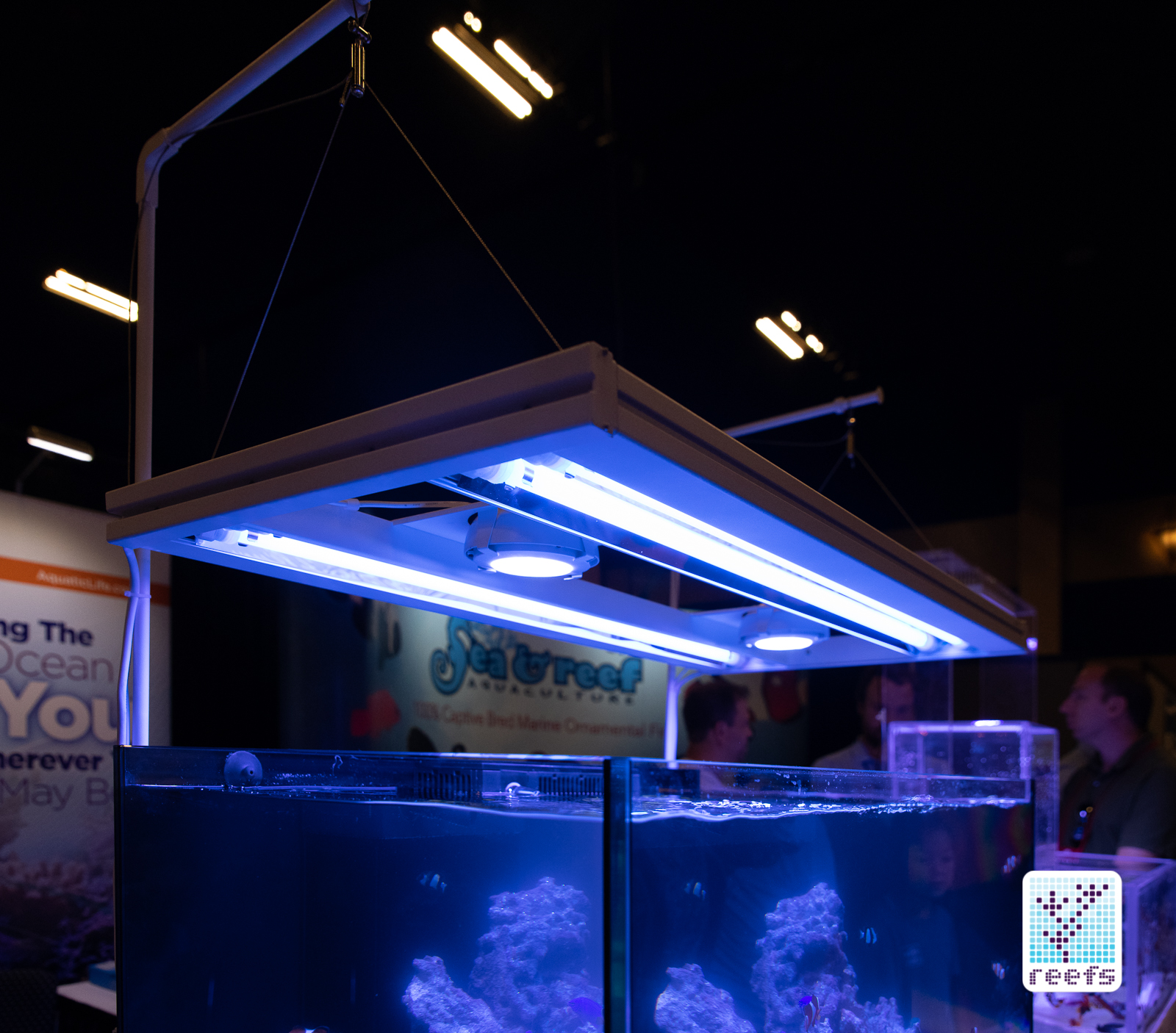
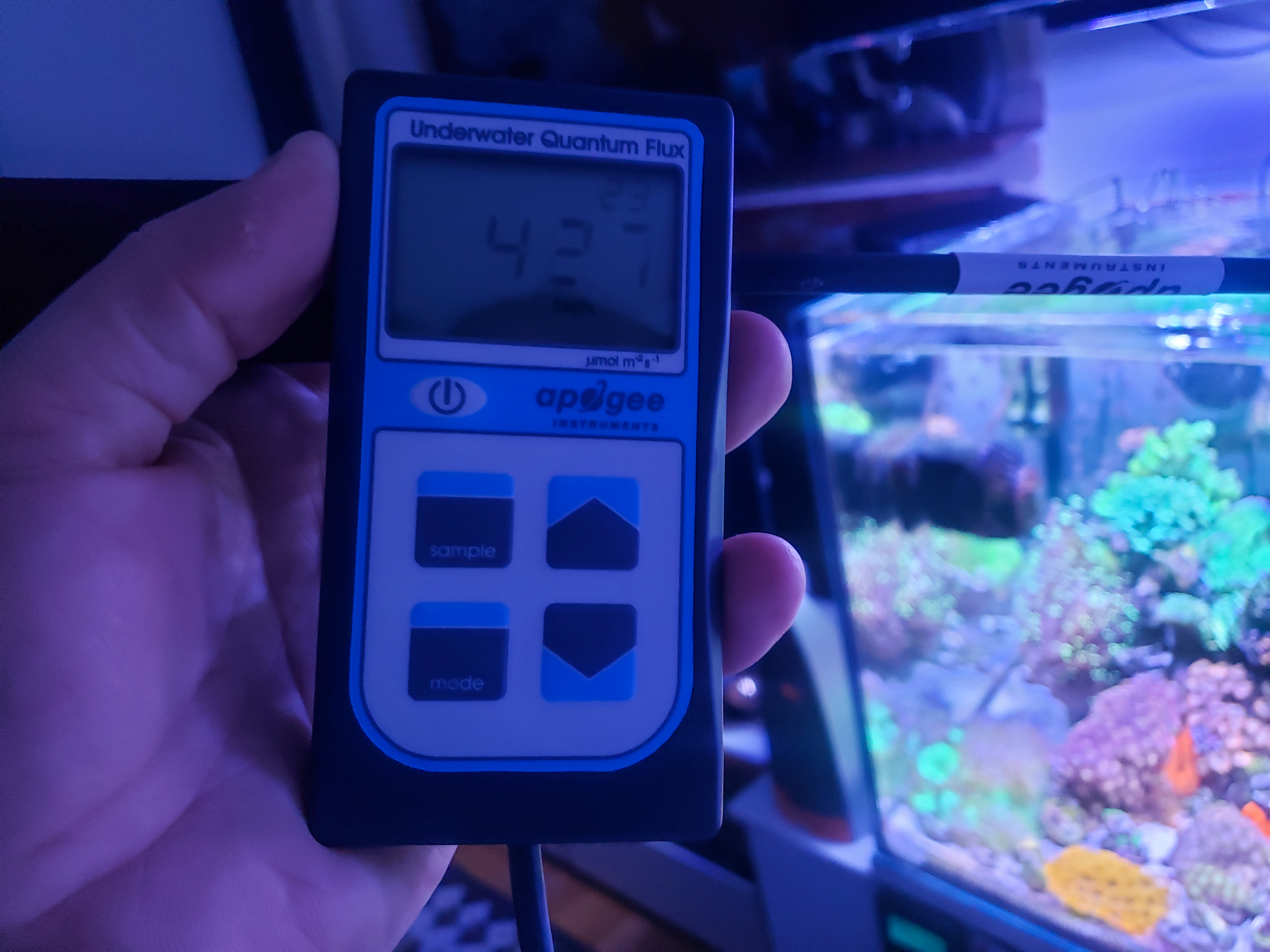
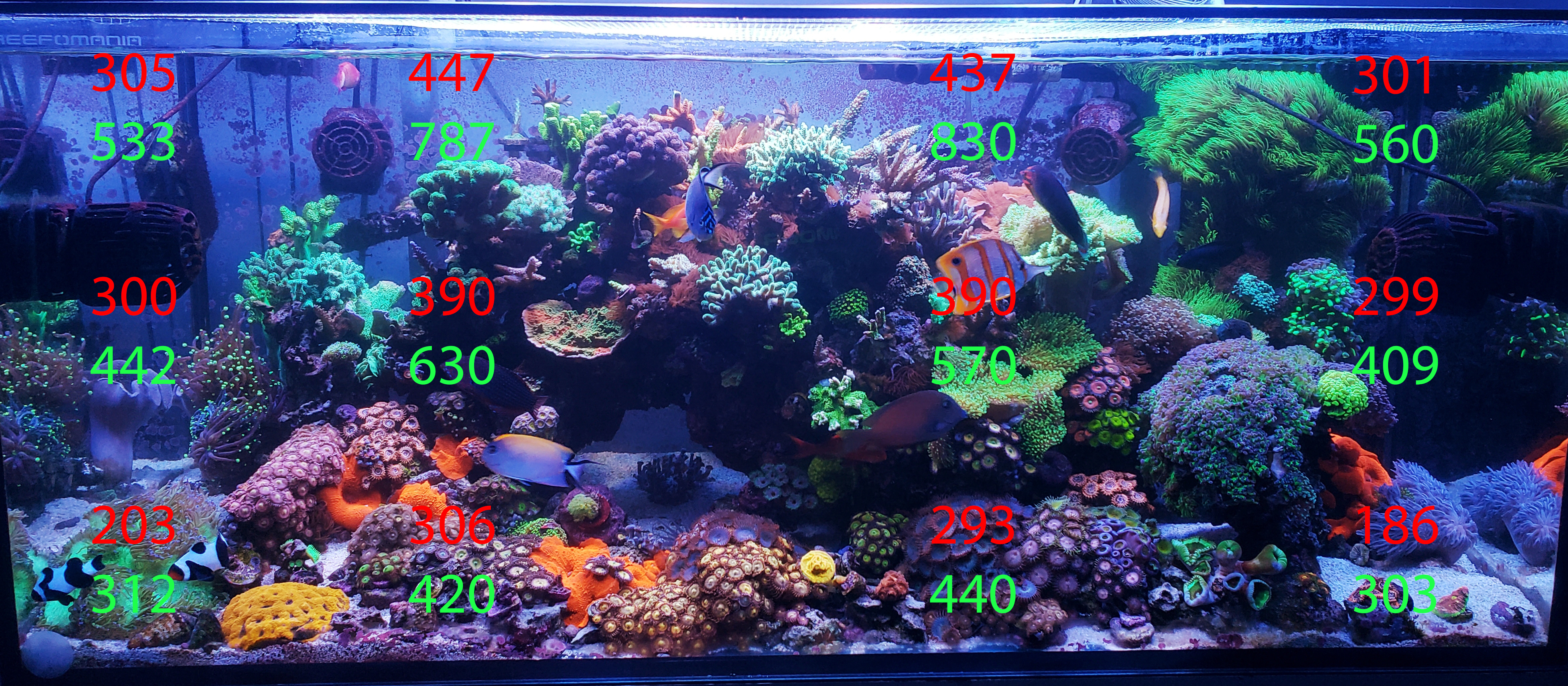
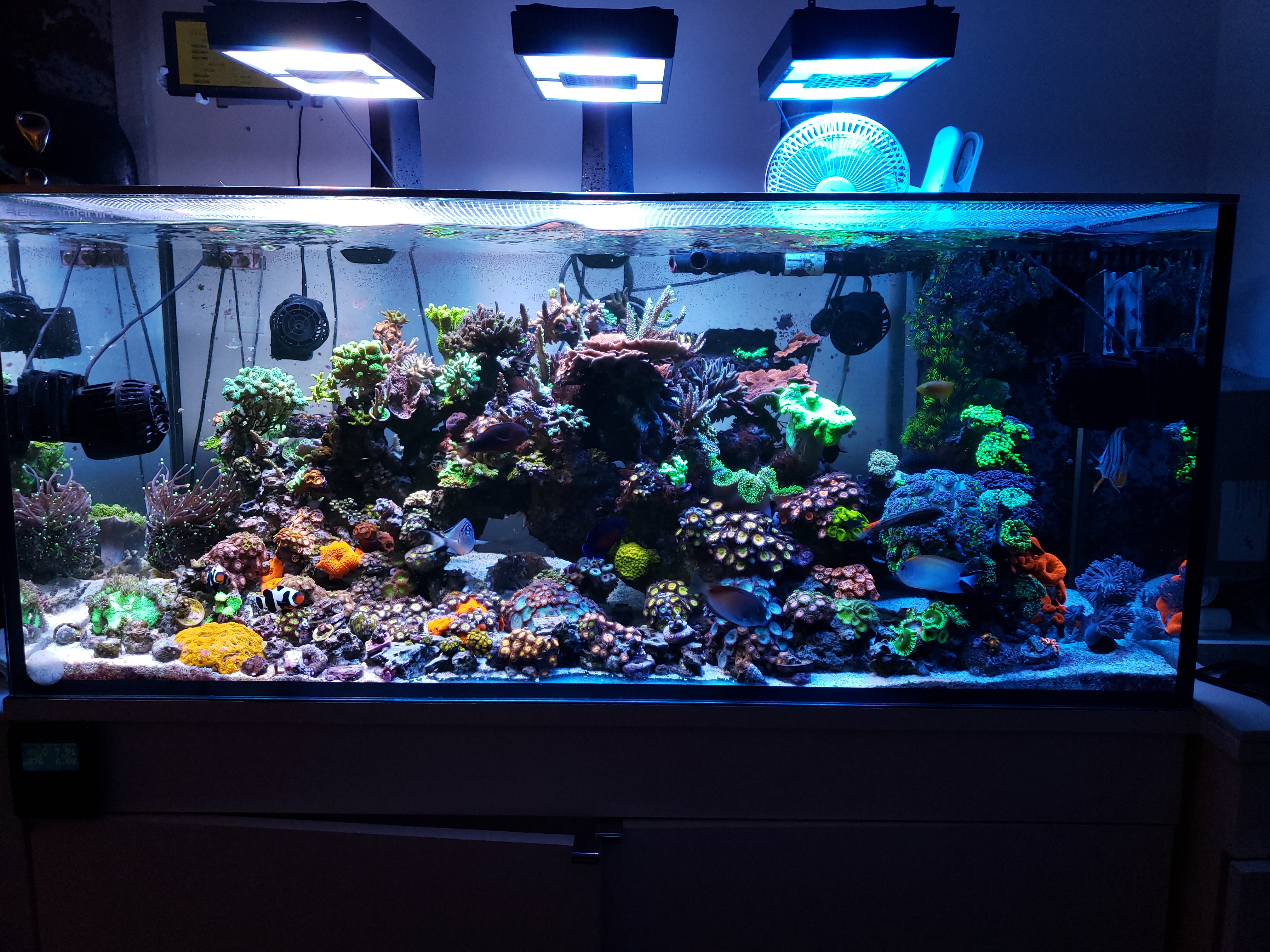
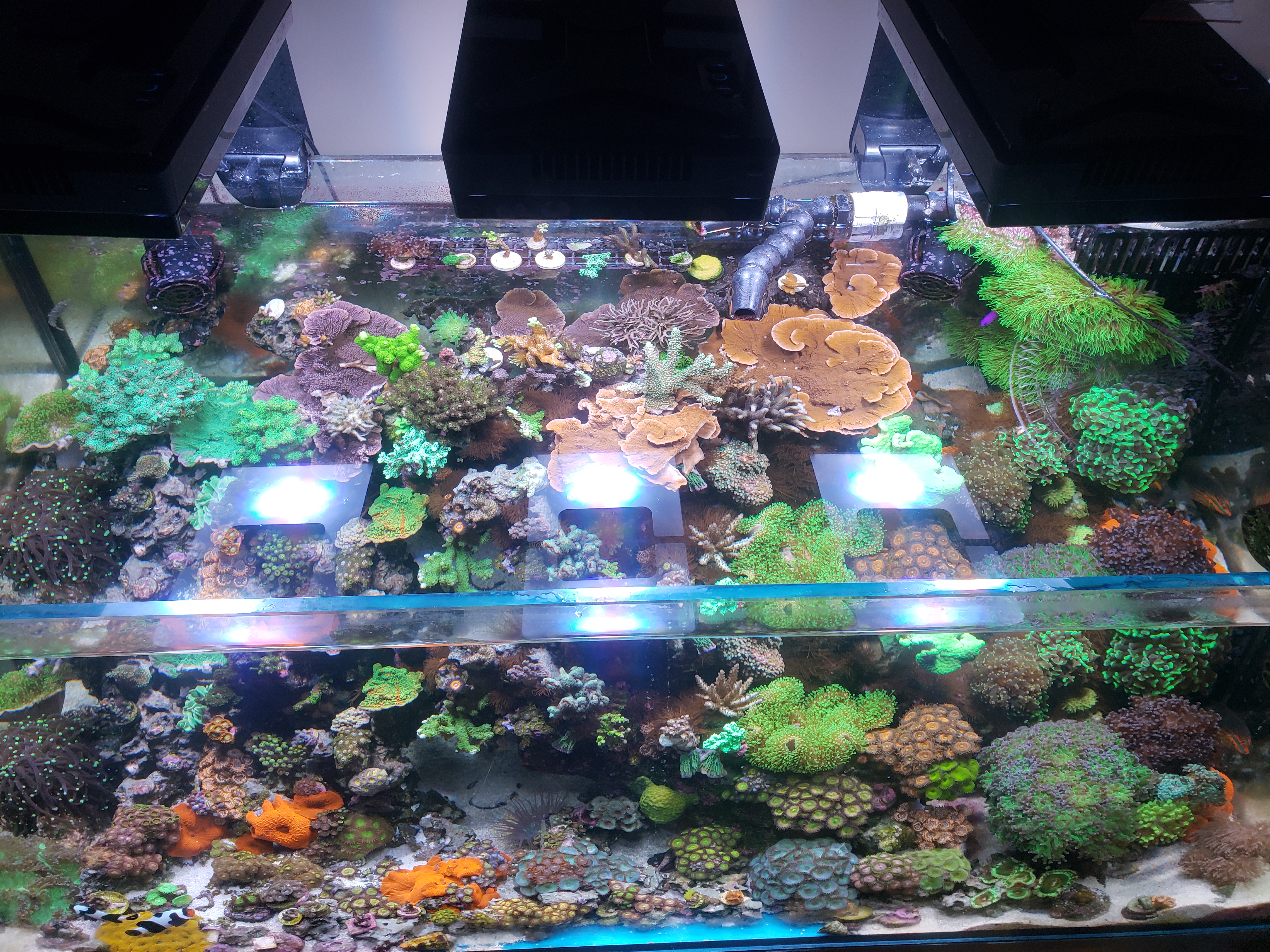
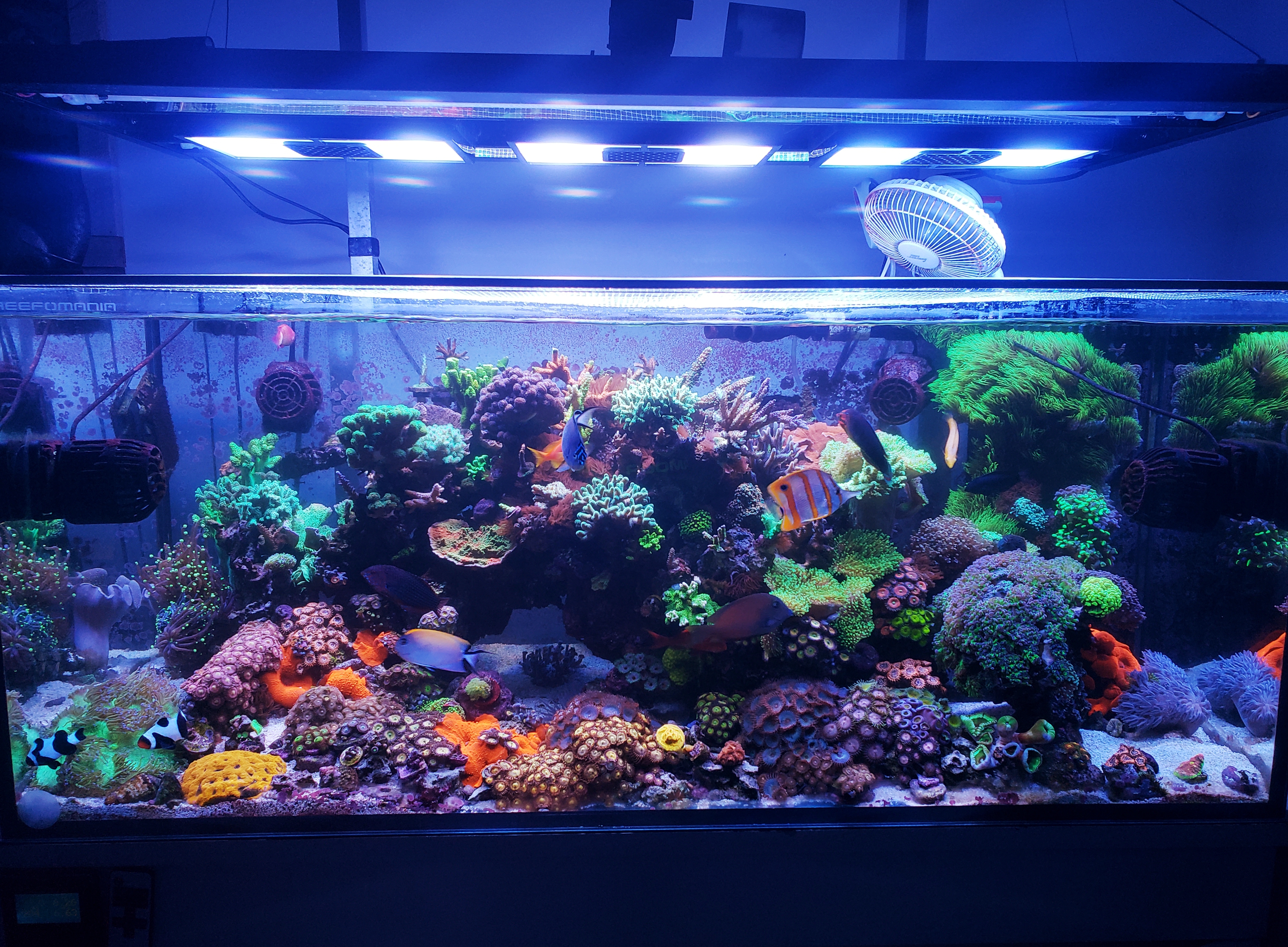
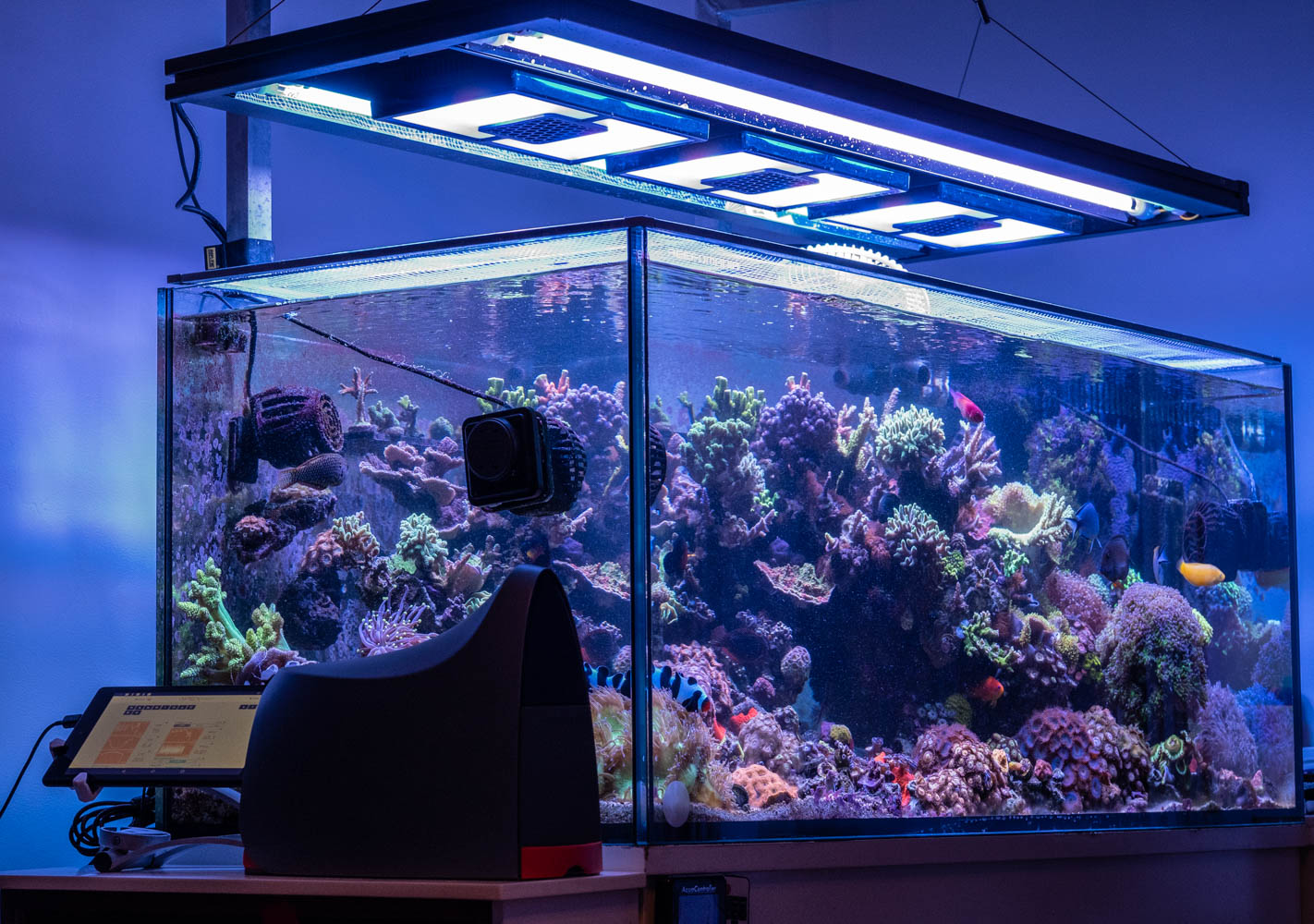









Hello,
I enjoyed reading your article about the Aquatic life t5 Hybrid.
I own the 36 inch. The only thing I dislike about the unit is that the t5 are controlled front and back,
They should have set up the ballasts to control blue and white separately the same way they had the older version of the t5 only system.
Also would you be able to tell me what kind or type of silicone lamp connector they use?
Thanks RG
Your definitive review of the Aquaticlife T5 Hybrid Light Fixture was extremely informative. I now feel well-equipped to make an informed decision on my purchase. Thanks for your insights!